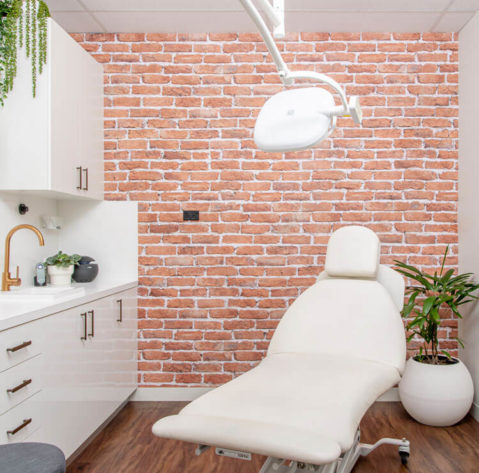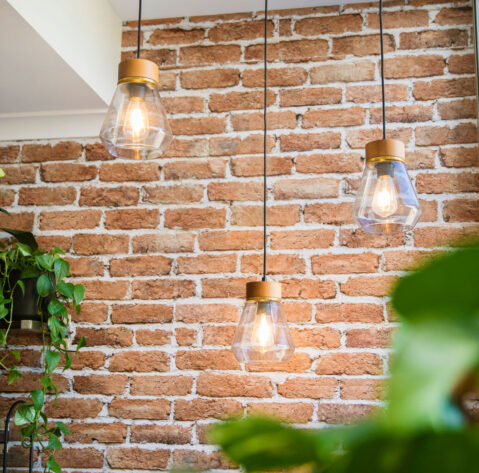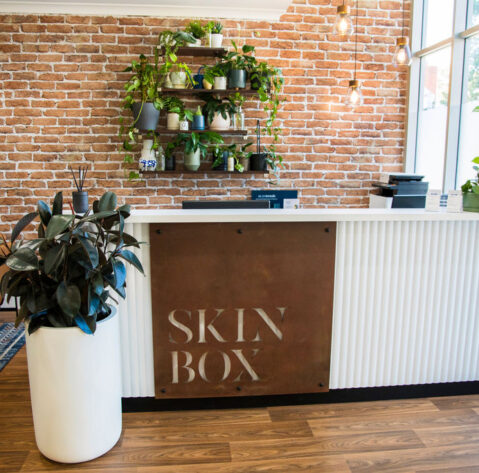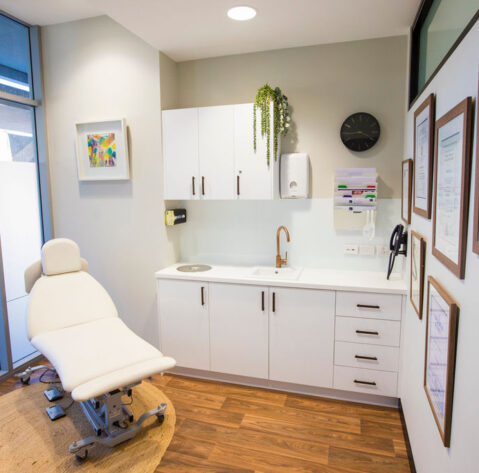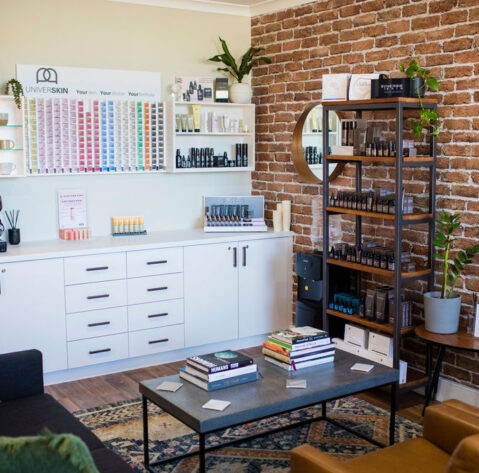International Male Grooming Day
This Friday, August 18th marks International Male Grooming Day, and we are talking people, not dogs.
Its not so long ago that a man who spent too long in the bathroom was met with scorn and suspicion. Thankfully, times have changed and male grooming is now acceptably mainstream. Even so, it is easy to feel confused by the overwhelming amount of advice, opinion and small pots full of expensive gloop aimed towards the male market.
Sneakily using your female partner’s skin care products may seem like a great idea, but there are a few important differences between male and female skin that mean you may get better results using a range specifically developed for men. Men’s skin is around 30% thicker and more robust than female skin, with a thicker outer layer (stratum corneum) that effectively reduces the absorption of active ingredients in skin care products. Male facial skin produces 75% more oil than female skin, making acne and skin conditions such as seborrhoeic dermatitis more common. Shaving makes the skin more sensitive and it is a good idea to avoid harsh chemical products if you are a regular shaver.
To clarify the male skincare process, we have broken it down into some essentials, but don’t panic – it is easier than you think.
The trick is to keep things simple – you don’t need to spend a fortune on a hundred different products, or spend hours locked in the bathroom.
All you need is a quick daily routine aimed at maintenance and protection, using a minimal number of products.
1. Cleanse
Give your face a thorough clean morning and night with a gentle, chemical free cleanser to wash away environmental dirt and dead skin cells. For a deeper clean that will also stimulate the growth of new skin cells, you can alternate this once or twice a week with an exfoliating scrub. (Ensure your scrub is environmentally-friendly and doesn’t contain polyethylene “microbeads”1)
2. Regenerate
After cleansing, apply a rejuvenating anti-ageing serum to boost skin immunity and strengthen the skin. With serums, less is more and only a small amount is needed. A good serum will perform a number of multi-tasking benefits such as increasing collagen production, repairing the skin’s barrier function, boosting natural hydration, controlling oil and soothing the skin.
3. Moisturise
Moisturiser is an absolute must, and using one that doubles as a sunscreen saves both time and money. Moisturisers formulated specifically for men are less likely to upset the oil balance of the skin and tend to have more masculine scents. Look out for the super ingredient niacinamide (vitamin B3), which is often added to moisturisers. Niacinamide boosts skin immunity, improves hydration, assists in collagen production, reverses UV damage, reduces hyperpigmentation and minimises inflammation.
4. Stay Hydrated
Your skin needs moisture from the inside as well as the outside. Make sure you are downing enough water and keep tabs on how much caffeine and alcohol is going in, as both of these have a diuretic effect and can make you dehydrated. A lot of us think we only need water when it is hot or we are exercising but air conditioning and/or heating can draw extra moisture from the skin, so if you are spending a lot of time indoors don’t forget to keep your fluids up.
5. Get enough sleep
Whilst you are sleeping, your body has time to heal, renew and eliminate toxins from the skin. During the hours you spend asleep, your body’s hydration rebalances and there’s a rise in growth hormone as it repairs itself, allowing the skin to recover moisture and damaged cells to be repaired<sup>3</sup>. Getting the recommended 7-8 hours sleep on a regular basis will stave off the signs of ageing, give skin a greater ability to retain essential moisture and protect you from environmental stressors such as the sun’s rays and everyday pollution<sup>4</sup>.
6. Load up on fruit & veggies
Carotenoids (compounds that give fruit & vegetables a yellow/red colour) are powerful antioxidants that fight off free radicals, reducing the effects of inflammation, sun damage and ageing. Upping your dietary intake of fruits and vegetables by just 2 servings a day has been shown to improve the appearance of the skin within only 6 weeks<sup>5</sup>.
7. Ditch the cigarettes
Smoking decreases circulation and collagen production, so skin loses its natural colouring and a ends up looking sallow and pale. Studies of identical twins have revealed the visible difference that smoking makes to the ageing process<sup>6</sup>.
8. Avoid Aftershave
Aftershave lotions high in alcohol content will dry the skin, reducing the natural barrier function and leading to skin sensitivity. Look for an alcohol-free moisturising lotion instead or use aftershave behind the ears if you want the fragrance without the irritation.
9. Protect your lips
Normal sunscreen just won’t last on the lips as eating and speaking removes the product within minutes. Our harsh climate means that dry cracked lips are often the first signs of sun damage. Look for a lip balm with an SPF of 30+ for day time use, and then repair and protect with a healing (non-shiny) lip balm at night.
10. Step up to specialised products
Adding in a vitamin A serum at night will give you additional protection against the ageing process, reducing fine lines, wrinkles & pigmentation, as well boosting cell growth and improving skin tone. For the keen amongst you, using a home dermal roller for 5 minutes a night will increase the absorption of active ingredients through that thick outer skin layer by up to 80%.
1. https://www.thefactsabout.co.uk/plastic-microbeads—in-depth/content/251
2. Forbat E, Al-Niaimi F, Ali FR. “Use of Nicotinamide in Dermatology”, Clin Exp Dermatol. (2017) Mar;42(2):137-144
3. HR Colten and BM Altevogt, ‘Sleep Disorders and Sleep Deprivation’, National Academies Press, (2006)
4. ‘Esteé Lauder Clinical Trial Finds Link between Sleep Deprivation and Skin Aging’, University Hospitals, (2013),
5. Pezdirc K et al. “Can dietary intake influence perception of and measured appearance? A systematic review. Nutr Res. 2015 Mar;35(3):175-97
6. https://www.businessinsider.com.au/how-smoking-ages-the-face-of-identical-twins-2013-11?r=US&IR=T
